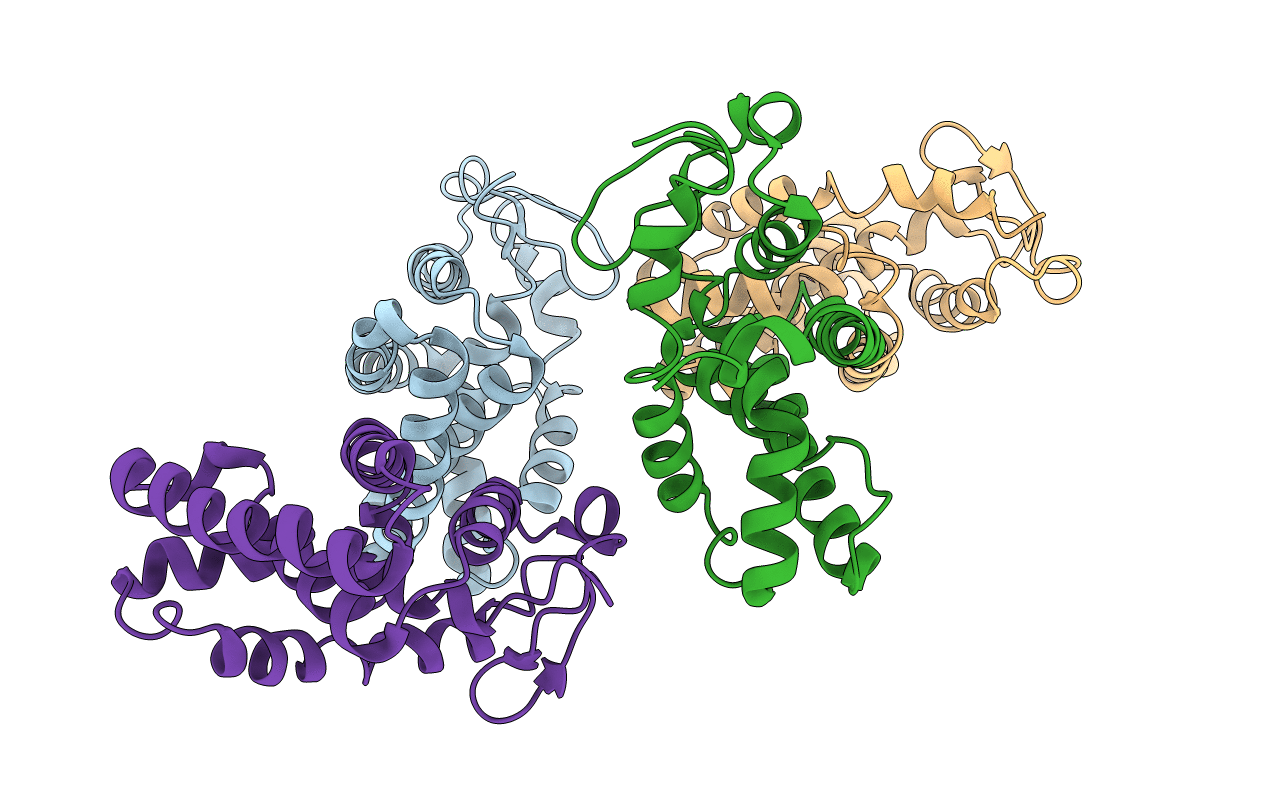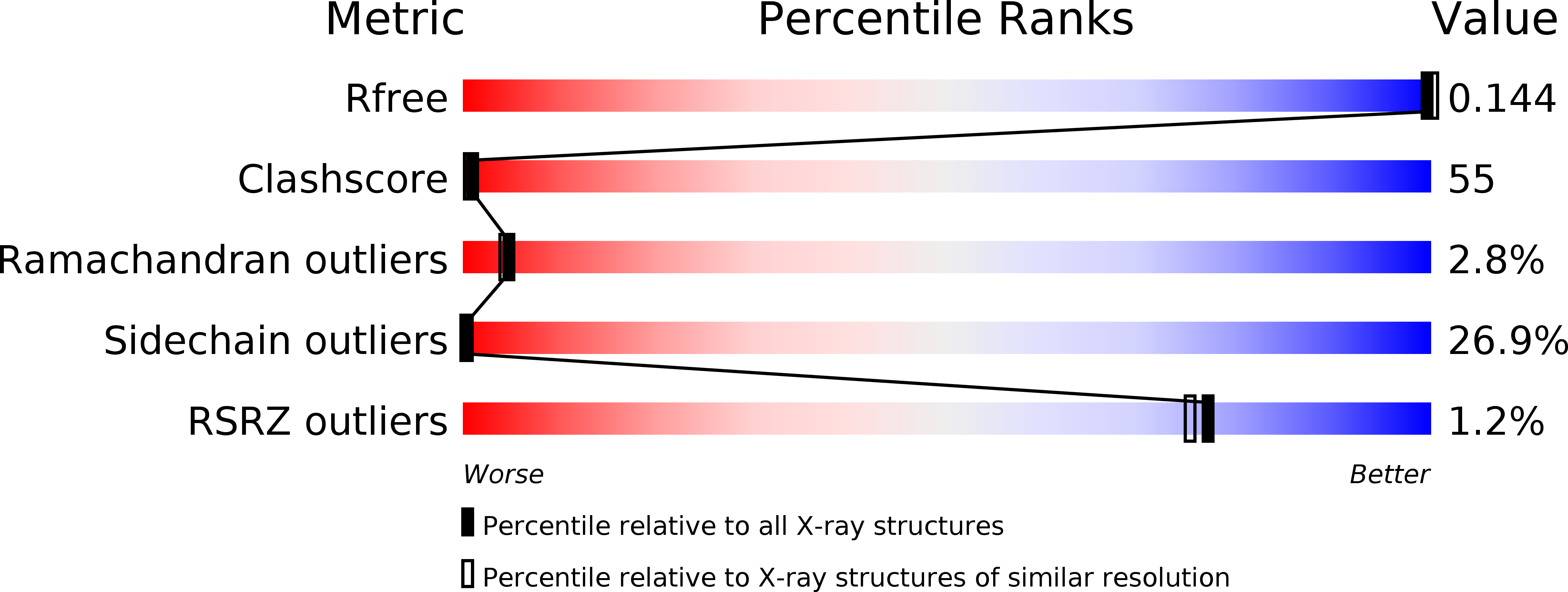
Deposition Date
2007-05-19
Release Date
2007-10-23
Last Version Date
2024-05-08
Method Details:
Experimental Method:
Resolution:
2.40 Å
R-Value Free:
0.21
R-Value Observed:
0.17
Space Group:
I 41


